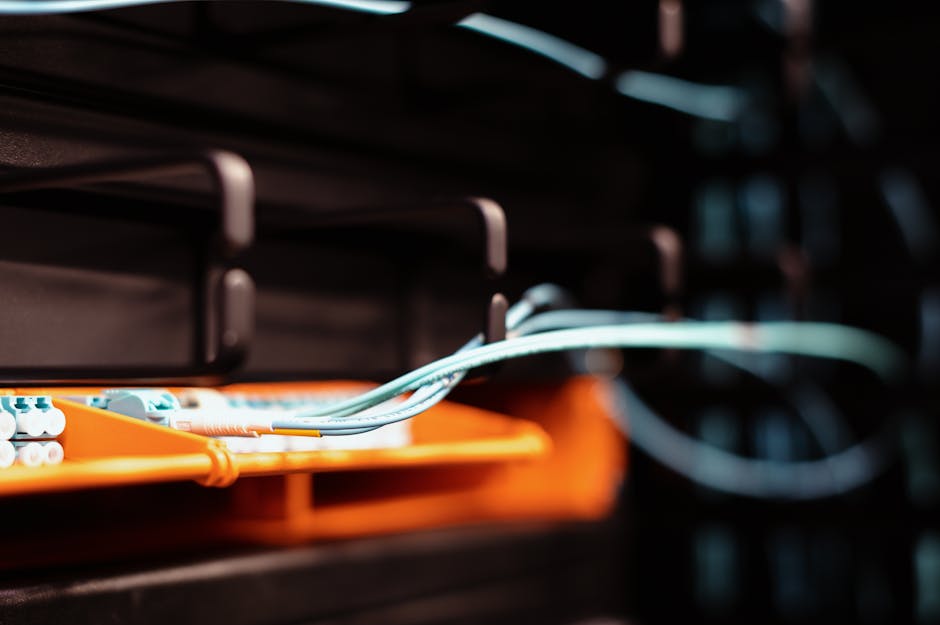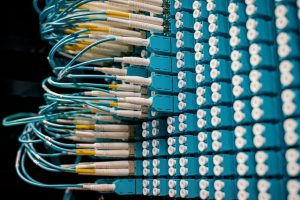The Future of Submarine Cable Maintenance: Challenges and Innovations

The maintenance of submarine cables is becoming an increasingly pressing issue in light of the growing global reliance on robust digital infrastructure. While investment surges in building new submarine cable systems to enhance global internet capacity, the same attention has not been extended to cable maintenance. This oversight poses significant risks to the reliability and resilience of the world’s subsea networks. In a recent episode of the TeleGeography Explains the Internet podcast, Mike Constable of Infra-Analytics and TeleGeography’s Alan Mauldin discuss their groundbreaking report titled “The Future of Submarine Cable Maintenance: Trends, Challenges, and Strategies.” This report delivers critical insights into the evolving challenges and opportunities in this pivotal sector.
Ageing Maintenance Fleet: A Looming Crisis

Pexels
One of the critical findings of the report addresses the state of cable maintenance vessels. Alarmingly, 65% of the global fleet is expected to reach the end of its lifespan within the next 15 years. These ships, often repurposed from other industries, lack the efficiency and reliability required to address growing demands. Despite the anticipated retirement of these vessels, little capital investment has been made to replace or modernize them. To maintain current maintenance service levels by 2040, the industry will require at least 15 new ships, alongside an additional five specifically for Asia to address regional growth in repair demands. However, achieving this goal comes with an estimated price tag of $3 billion, putting significant pressure on stakeholders to act.
Regional Challenges and Risk Hotspots

Pexels
Regional disparities further complicate the landscape of submarine cable maintenance. Areas such as Southeast Asia, particularly the South China Sea, are responsible for nearly half of global cable faults annually. This high risk stems from a combination of heavy fishing activities and complex maritime jurisdictional disputes, which delay permitting and repair operations. Other high-risk zones, such as the Red Sea and chokepoints between Taiwan, China, and the Philippines, face threats from subsea landslides and geopolitical tensions. Solving these challenges will require expedited permitting processes, enhanced collaboration between governments and private stakeholders, and the diversification of cable routes to reduce concentrated risks.
Changing Industry Dynamics and Ownership Models

Pexels
The submarine cable industry is also seeing a significant shift in its ownership and investment dynamics. Traditional carriers, which historically dominated the field, are gradually stepping back, while hyperscalers such as Google, Meta, and Amazon are emerging as the primary backers of new systems. This transition introduces new economic models and influences how maintenance funding is prioritized. The willingness to pay more for faster repairs, as indicated by a survey of over 60 industry stakeholders, highlights the growing importance of resilience in the subsea cable ecosystem.
A Call to Action: Investment and Collaboration

Pexels
The findings from the report make it clear that the submarine cable maintenance industry is at a crossroads. With aging infrastructure, regional vulnerabilities, and intensifying government scrutiny, now is the time for stakeholders to come together. Investments in advanced repair vessels, improved collaboration between governments and private players, and the implementation of innovative policies are all essential to bolstering the global undersea network’s resilience. As the digital economy continues to expand, ensuring the stability and security of submarine cables is no longer a luxury—it is a necessity.
To learn more about addressing these challenges and preparing for the future, stakeholders can explore the full report by Infra-Analytics and TeleGeography. The time to act is now, as the sustainability of the world’s digital lifelines depends on proactive investment and strategic foresight.




